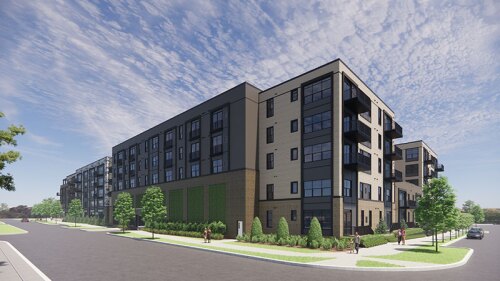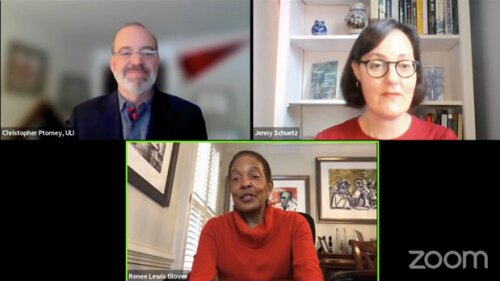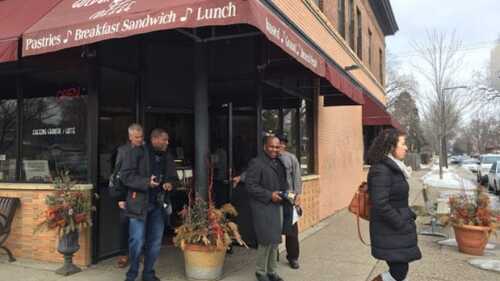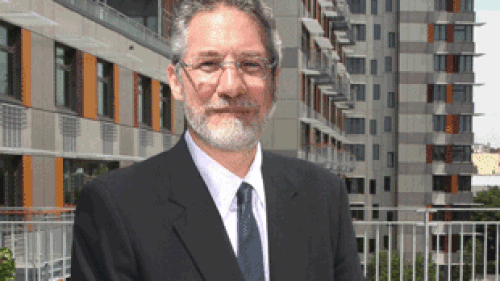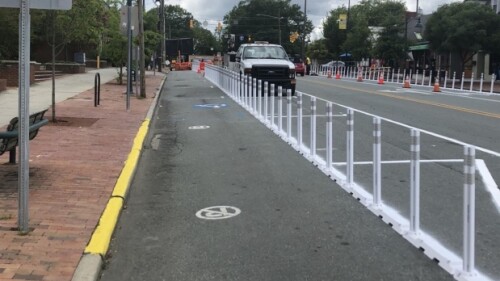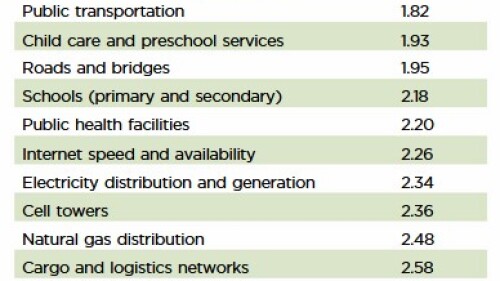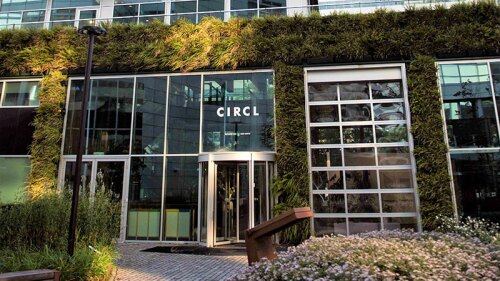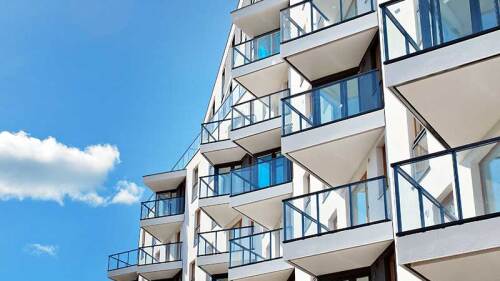Affordable Housing
Building on the 2020 pilot and 2021 update focused on the COVID-19 pandemic’s implications for housing, the 2022 edition of the index explores the attainability implications of shifts in housing demand and regional competitiveness due to demographic changes, pandemic-influenced employer and employee location decisions, and the high cost of both building and finding homes in the largest and most economically vibrant regions.
Amazon has announced plans to provide more than $124.4 million to build 1,060 affordable homes near four public transit sites while working in partnership with the Washington Metropolitan Area Transit Authority and Sound Transit to complete the developments. This is part of Amazon’s $300 million transit commitment from 2021 to create 3,000 new affordable homes in collaboration with the transit agencies in each region.
At the 2022 ULI Housing Opportunity Conference, a session looked at the high cost of the gap between U.S. population and job growth and the creation of housing where people want to live.
At ULI’s Restorative Development: Infrastructure and Land Use Exchange forum in February, representatives of ReConnect Rondo shared their efforts to create a renewed neighborhood over Interstate 94 in Minnesota.
Longtime ULI Trustee Jonathan F.P. Rose has been selected as the 2021 recipient of the ULI Prize for Visionaries in Urban Development. Rose recently spoke with Urban Land about his holistic approach to building communities of opportunity.
Physical distancing and restriction of travel were some of the earliest and most effective and widespread strategies enacted worldwide to control the transmission of COVID-19. Roads emptied of typical automobile traffic, and many were used in new ways to support the needs of communities. Cities used roadways to create space for walking and bicycling, outdoor commerce, and queuing for essential services, with the implementation of these programs moving abnormally quickly to respond to an increased demand.
A survey conducted this spring by the ULI Curtis Infrastructure Initiative found that while the Institute’s members disagree about what exactly constitutes infrastructure, there is broad agreement that infrastructure creates the framework to enable real estate development, ensure economic development and housing opportunities, and provide connections for diverse communities. Asked to cite their top priority for infrastructure investment, members most often cited the stock of affordable housing.
Renters are now the majority in more than 100 U.S. suburbs that were previously homeowner territory 10 years ago, according to an analysis of U.S. Census Bureau data by Yardi’s RentCafé. Another 57 suburbs are expected to follow suit in the next five years, with many of these suburbs belonging to the Miami, Washington, D.C., and Los Angeles metro areas.
For more than 50 years, Earth Day has been observed as a day of mobilization for environmental protection and preservation. This week, it is celebrated by ULI, environmental stewardship organizations, and other organizations working to enhance the built environment and implement solutions to make communities more green, healthy, and equitable.
A study by the U.S. Federal Reserve Bank of Philadelphia showed that tenants who lost jobs during the COVID-19 pandemic may have already amassed $11 billion in rental arrears. Procedures for evictions and foreclosures may be failing the most vulnerable tenants and landlords.

